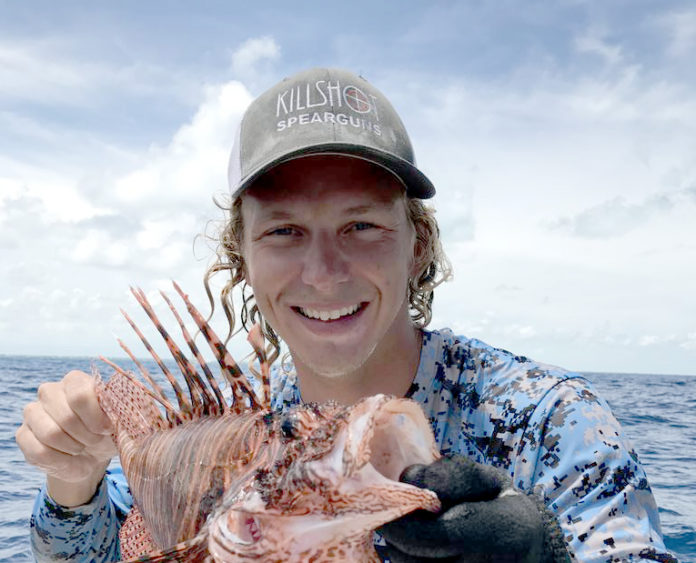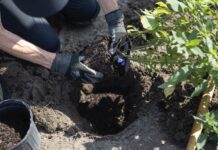We third largest barrier reef in the world, right here in our backyard. The Florida Keys National Marine Sanctuary (FKNMS) is our lifeline. It supports us all. I wish that business as usual could work and no management alternatives had to be proposed, but changes need to be made. You know what is happening. I see it every day.
The Restoration Blueprint has a lot of information and a few topics have become the main talking points in our community. In previous informational sessions items like no anchor zones, SPA expansions, and limited use areas have gotten a lot of attention. Below you will find my take on these three topics.
No anchor zones, do we need them? How many anchors do you see on the reef, how many yards of anchor line, how many flipped over coral heads, damaged sponges, and why are boaters still using anchors designed to grab the reef? The Restoration Blueprint addresses this issue by the proposed no anchor zones. This is a necessary step and a good start to a very large problem. With that being said, I believe the main problem is the lack of respect and education for proper anchoring techniques. There are many commercial operators and local boaters that understand how to properly anchor their vessel and respect the benthic life their anchor could damage if done improperly. At the last informational session I made a comment to move forward with the no anchor zones; however, do so with a permitting process that would allow educated individuals and commercial operators to anchor in these zones. This permit could be achieved by online education and annual renewal. This would greatly reduce the damage caused by anchoring, while at the same time not limiting the educated commercial operators and public boaters.
What is the purpose of a Sanctuary Preservation Area (SPA); why do we have them? These areas were established to protect shallow reef sites that are biologically important to the FKNMS. The Blueprint proposes to expand on many of the current SPAs, as well as create new ones. One expansion, on the very well known site Alligator Reef, would extend the SPA boundary out to the reef shelf in 90 feet of water. If you dive or fish this reef shelf then you know how productive the fishery is there. By expanding the SPA zone to the reef shelf, fish would be protected as they travel to and from different depths and sections of the reef. More of their life cycle would be protected, allowing the fish to grow larger, spawn more, and create a healthier fishery. As shown by the current 18 designated SPA areas, this healthy fish population would continue to overflow outside of the SPA areas allowing fisherman access.
Limited use areas are becoming more popular on reefs worldwide. The FKNMS gets a lot of attention from commercial operators, local boaters, and weekend warriors. The Blueprint proposes three limited use areas; these areas would be testing the concept to see if this management strategy could be a solution to the problem. The phrase “limited use” means the areas would be limited and not closed off. It was clearly stated at the last informational session that this proposal would allow certified Blue Star Operators and public boaters to use these areas, only limiting commercial operators who do not hold the Blue Star rating. In my opinion, this is not strict enough. Many commercial vessels, Blue Star Operators included, are simply bringing too many people to the reef each day. I believe to truly limit usage in certain areas, there needs to be a carrying capacity limit for commercial operators, Blue Star or not.
At the last informational session I gave a comment to move forward with the limited use areas in a way that allows the general public and commercial six-passenger vessels access. I believe many reefs are being overused and highly stressed simply because of the amount of traffic they receive. In my opinion the best way to limit usage on an area is to limit the amount of passengers a large commercial vessel can take to the reef on each trip.
Our backyard is changing and it is our responsibility to stay involved as the Restoration Blueprint further develops. The current Blueprint has taken years of research and public input to develop. Your comments, thoughts, and ideas do matter and will be heard.
Capt. Tony Young
Owner, Forever Young Charter Co.
Public comments can be submitted in person, online, and by mail through Jan. 31, 2020. To provide online public comment, visit www.regulations.gov and use docket number NOAA-NOS-2019-0094. For more information on the Restoration Blueprint, visit https://floridakeys.noaa.gov/blueprint/.
The Florida Keys National Marine Sanctuary Advisory Council meeting will take place Tuesday, Oct. 15 at 1 p.m. at the Marriott Beachside Hotel, 3841 N. Roosevelt Blvd, Key West. Members will discuss NOAA’s proposed changes to the sanctuary’s boundaries, marine zones, regulations and management plan. The sanctuary has expanded time allotted for oral public comment during the meeting, from 3:30 to 5 p.m. and 6 to 9 p.m. Speaker signups are at 3 p.m. and 5:30 p.m. respectively. Meetings are streamed live on YouTube.





















